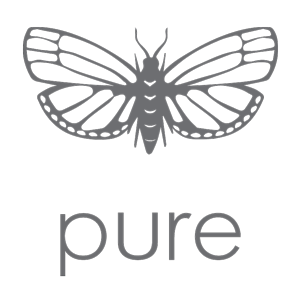Original printmaking
Printmaking as a medium takes many forms, with a long and varied history. One of the oldest printmaking techniques, and art forms, is engraving. Engraving has been found on ancient bones, cave walls and stones. Dating back to 3000 BCE, soft clays were rolled over to leave relief impressions. This principle is the start of the printing press.
Types of printmaking include relief impressions, rubbings, aquatint, drypoint, intaglio, lithography, mono-print, screen-print, offset lithography, stamping, woodblock, woodcuts, textile printing, etching, digital and more.
A print is an image which has been transferred from one surface to another.
Many artworks which are sold today as 'original prints' or 'limited edition prints' are actually reproductions of artworks that exist as originals in another medium; high quality photocopies, often referred to as Giclée prints, created using inkjet printers.
An exception to this is the relatively new genre of 'digital art', which utilises the Giclée method of printing, but is not a reproduction as described above.
Well known original printmaker Anita Klein explains further:
“Real artists’ original prints are different from reproductions in that they are original works of art in their own right. There is no original painting or drawing. Instead the image is conceived by the artist as a print from the outset. An original print is an image produced from a surface on which the artist has worked, such as a stone or wood block, a computer screen or a copper plate. This surface is intended by the artist be a stage in the creation process of the artwork. The original work of art in this case is the print itself rather than the block or plate from which it is printed.”
- Anita Klein PPRE, Hon. RWS
The two printmaking techniques we are going to focus on in this blog are screen printing and etching.
Screen printing is a type of stencil printing. The print is made using a fabric screen (usually synthetic or silk) stretched tightly over a frame, and ink passed through it. Areas are blocked out using a stencil, often glue of lacquer and film or paper. Ink is passed through with a rubber blade (squeegee) onto the paper below. Screen printing has grown in popularity due to its use commercially since the 1920s!
Etching is a very different process. It is a technique that uses chemical reactions to produce lines in a metal plate (traditionally copper, but often zinc today) called a printing plate. These lines hold applied ink and form a printing image. Originally used for decorating metal in the 14th century, it is now popular among artists for original printmaking!
Popular original print artists include:
Andy Warhol
Peter Blake
Chloe Cheese

